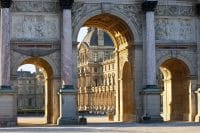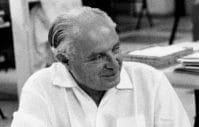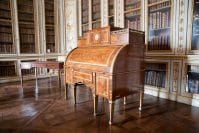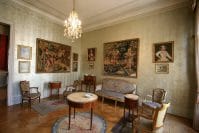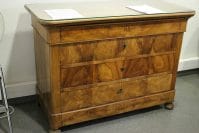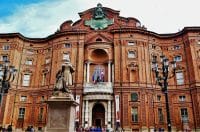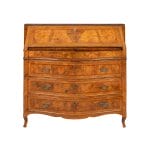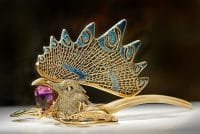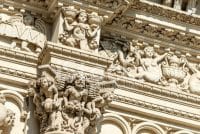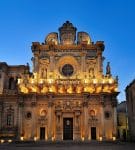Art Nouveau: History, Distinctive Traits and Most Famous Artists
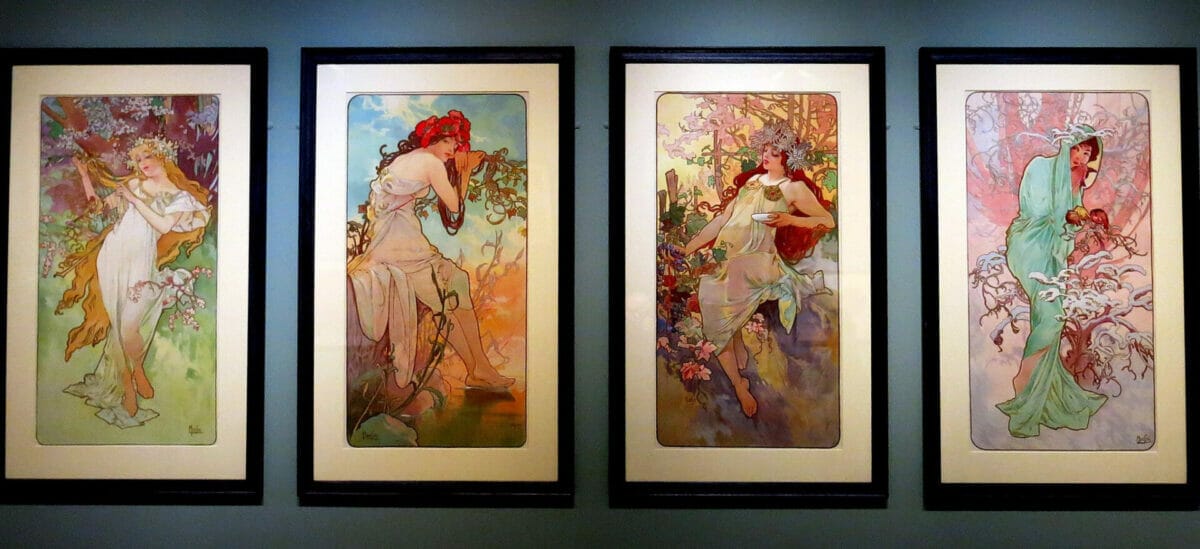
Art Nouveau it literally means new art and in fact indicates a new artistic movement that was born during the Belle Époque, influencing numerous sectors - artistic and otherwise - until the first decades of the twentieth century.
Strongly representative of social class of the bourgeoisie and the social and cultural ideals of the time, manages to emerge and impose itself thanks to the works of great artists of different nationalities.
So let's discover its characteristics and see which are the great masters who made Art Nouveau immortal.
Art Nouveau: birth and development
The term Art Nouveau was officially born in 1895, when the art dealer Siegfried Bing decided to open a shop named after La Maison de l'art nouveau, with the aim of spreading a new design model.
Even if already in 1884 this term is associated with a full-fledged artistic movement thanks to Belgian magazine Modern Art, who uses this expression to define a group of designers, sculptors and painters – among whom Henry van de Velde stands out – called Les XX.
Art Nouveau then spread between the nineteenth and twentieth centuries, characterizing the entire world of art and beyond: it influences the figurative arts as a whole, but also the applied arts, philosophy, objects, urban planning, lighting but also the jewellery.
Un all-round cultural movement which from France successfully conquered several European countries reaching the United States of America.
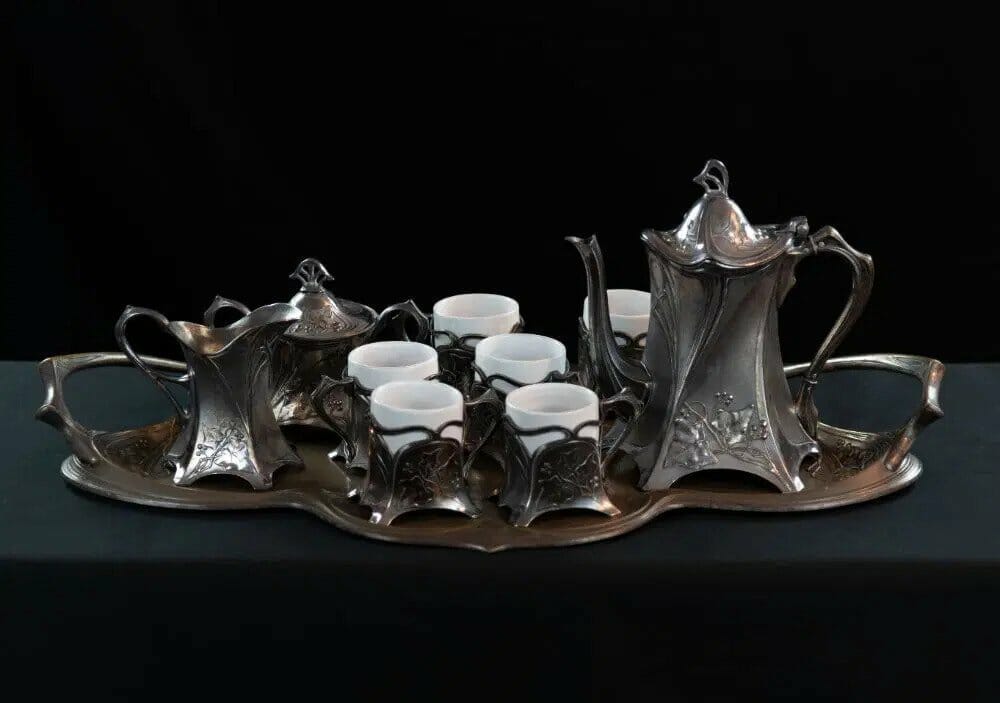
The goal of this style is propose something innovative, focusing on the free expression and creativity of the craftsman to create something unique and not in series.
This is how modern design and architecture is born, incorporating elements of rebellion and contrast to the precepts hitherto considered academic.
Art Nouveau characteristics, here are the main ones
The basic idea of Art Nouveau is break with tradition and with past models, proposing a totally new art that finds its inspiration in nature and plant elements.
In fact, it emerged as a reaction to the industrialization and automation that now characterized the end of the nineteenth century, enhancing a return to the pure, dynamic and vital force of nature.
We therefore oppose the mass production of objects, preferring to embellish our own works adding a personal touch that makes them unique and special, using new materials and experimenting with hitherto unpublished designs.
In Art Nouveau the lines are sinuous and sweet and when they meet they create harmonious and ornamental weaves.
Decorative elegance is the protagonist and the details are preferred to be represented flowers, leaves, tendrils and female figures represented as muses and characterized by long flowing hair.
The subjects appear mostly stylized and provocative details outside the previously accepted canons are frequent.
Moreover, despite the criticism of mass production, there is great interest in the advertising world, which sees the artists involved for the first time in creation of posters and posters, in many cases creating real works of art.
The success of this style in Europe and around the world
Art Nouveau manages to establish itself with enormous impact even outside of France, spreading throughout different countries and inspiring numerous artists.
The Paris Exposition of 1900 is crucial, which presents innovations in every field and sector to the world.
In Italy this style becomes known as the floral style or Liberty, which derives from the name of the London department stores – founded by A. Lasenby Liberty – specialized in the sale of oriental artefacts.
A key element of Art Nouveau, in fact, is precisely theexaltation of the charm of distant lands and mysterious.
There are numerous traces that this style has left in our country - especially in Milan, Turin, Palermo and Catania - and in particular on the Romagna Riviera it is possible to admire several villas in perfect Art Nouveau style, holiday homes of the wealthiest families of the early twentieth century century.
In Germany, instead, we are witnessing various secessions and the movement, which has become more mature, takes on some anti-Prussian overtones and socialists.
In this style the Berlin underground stations and great emphasis is given to the anti-academic and rebellious elements.
Furthermore, the large demographic increase and rapid industrial development manage to bring Art Nouveau also overseas, influencing the art and architecture of cities such as Chicago.
The great artists of Art Nouveau
Art Nouveau allowed numerous artists to emerge and make their art known and it is precisely in this period that they established themselves great masters admired and esteemed even today.

Here are some of the most famous names:
- Gustav Klimt: Austrian painter who in 1897 helped found the Viennese Secession, a group of Austrian artists with the aim of spreading the modern style of European art in Austria. The main subjects of his works are female figures and his most famous painting is The kiss (1908), a perfect example of Art Nouveau in painting and a representative work of Golden Phase of the artist.
- Aubrey Beardsley: English illustrator famous for his black and white works inspired by Japanese art. His most famous illustrations – grotesque and provocative – are those created for drama Salomé by Oscar Wilde, considered among the most controversial and representative of Art Nouveau.
- Antoni Gaudi: Spanish architect symbol of the city of Barcelona. It is here, in fact, that we find his most famous works, such as La Sagrada Familia, Parc Güell and Casa Batlló, inspired by nature and his Catholic faith.
- Alphonse Mucha: Czech painter very active in the creation of posters and advertising posters. His best-known work is Gismonda (1894), a lithograph depicting Sarah Bernhardt and symbol of new woman.
- Henri de Toulouse-Lautrec: French painter who was the first to elevate even paintings intended for advertising to works of art. His most famous painting is At the Moulin Rouge (1892-95), emblem of Art Nouveau.
Images belonging to:
M anuel from Valdemoro, Spain, CC BY 2.0 https://creativecommons.org/licenses/by/2.0, via Wikimedia Commons
https://commons.wikimedia.org/wiki/File:Alphonse_Mucha_en_el_Palacio_Gaviria-100_(24632874307).jpg
Gustav Klimt, Public domain, via Wikimedia Commons
https://upload.wikimedia.org/wikipedia/commons/4/40/The_Kiss_-Gustav_Klimt-_Google_Cultural_Institute.jpg

